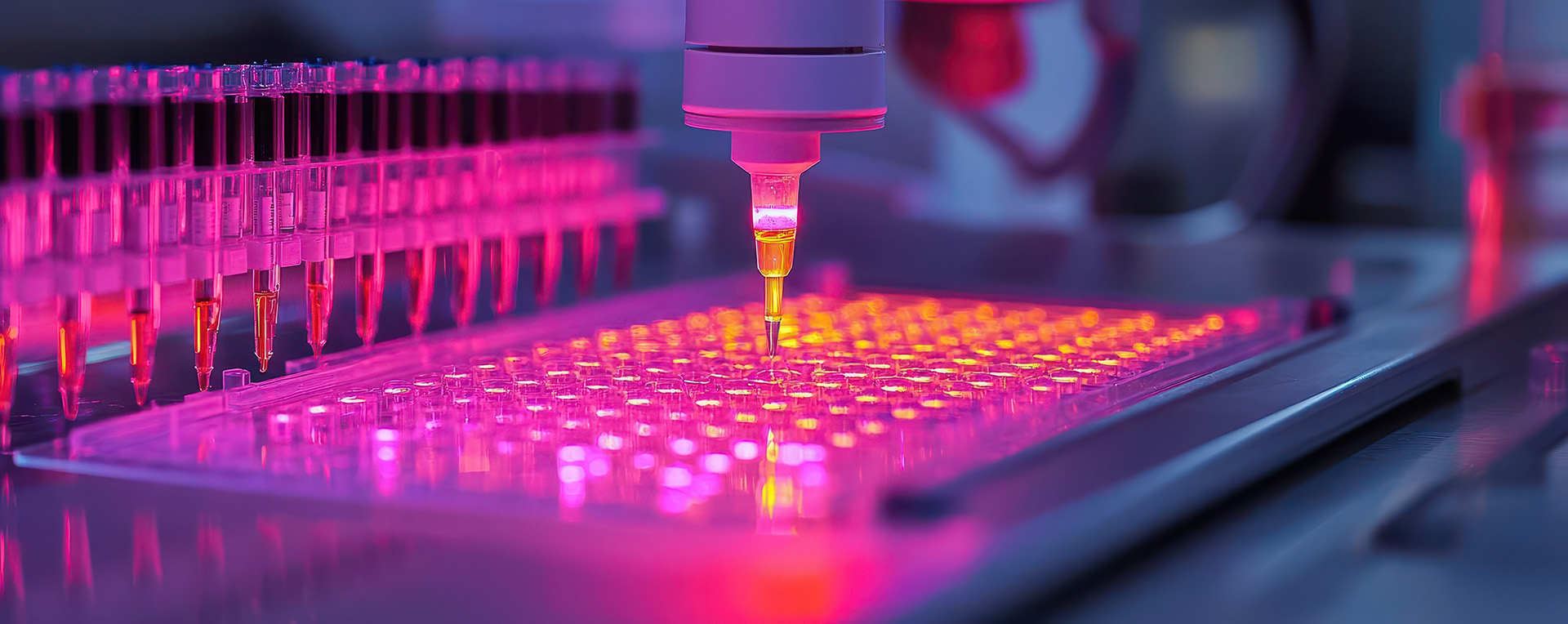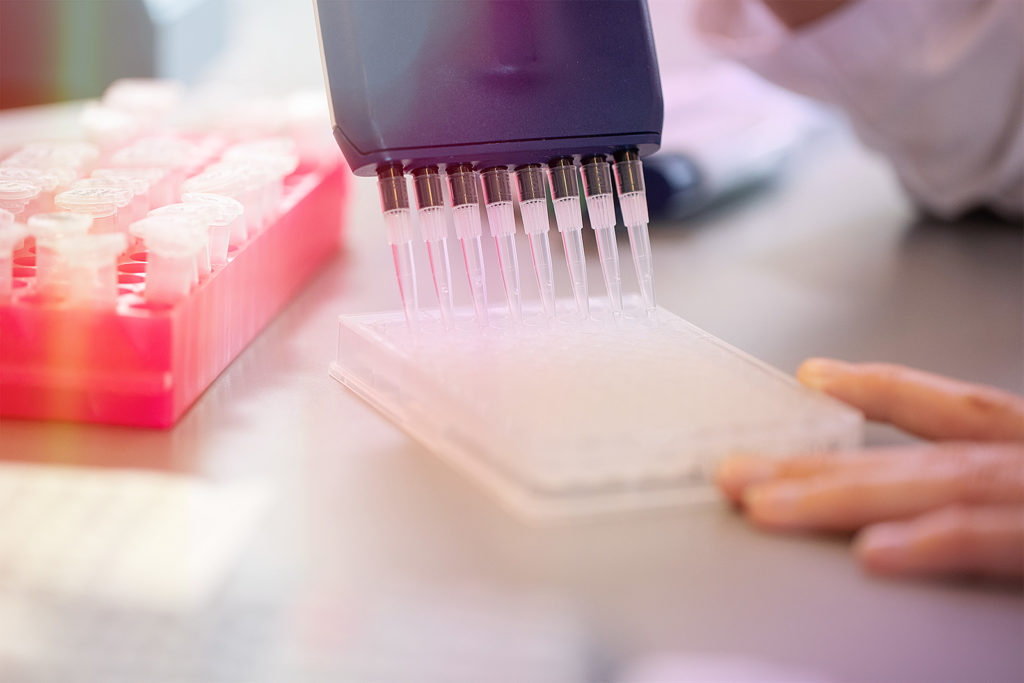


A Forgotten Hero: Radioligand Binding Assays in Drug Discovery
Author: Dr. Nicolas Ancellin, Senior Program Director & Site Director, Oncodesign Services
In the world of drug discovery, where scientists are the detectives and diseases are the elusive criminals, radioligand binding assays (RLBAs) were once the Sherlock Holmes of the lab. These assays, with their unparalleled sensitivity and versatility, could detect the subtlest of clues to help unravel the mysteries of drug-receptor interactions. Yet, like many of the great classic detectives, RLBAs have become less mainstream, largely due to regulatory hurdles and a lack of specialized facilities.
In this article, we will dive into the details behind radioligand binding and explore why it still deserves its place in the modern drug discovery toolkit.
What is a Radioligand Binding Assay?
A radioligand binding assay is a technique used to study how a molecule (typically a drug) interacts with its target receptor. It relies on a ligand tagged with a radioactive isotope (often tritium or iodine-125) that binds to a receptor, allowing researchers to measure the interaction with extreme precision.
If you want to measure how well your drug candidate binds to a receptor, this is one of the best tools available.
![Curves showing [3H]-Arg-Vasopressin binding on CHO membrane expressing V2 receptor](https://www.oncodesign-services.com/wp-content/uploads/2025/04/AVP-Binding-1.jpg)
The Rise and Fall of Radioligand Binding Assays
Radioligand binding assays emerged as a powerful tool in the 1970s, allowing researchers to study the interactions between drugs and their targets with unprecedented precision. By labelling ligands with radioactive isotopes, scientists could track their binding to receptors with exquisite sensitivity. However, as regulations tightened and the handling of radioactive materials became more cumbersome, many labs shifted towards alternative methods.
Alternatives to Radioactivity
While RLBAs have taken a less prominent role in drug discovery, several alternative methods have stepped into the spotlight. Fluorescence-based assays use fluorescent labels to track ligand binding, offering a safer and easier-to-handle option, though they often lack the sensitivity of radioligand assays. Surface Plasmon Resonance (SPR) measures changes in refractive index to detect binding events, providing a label-free approach. However, both methods can be sensitive to background interference.

The Key Advantages of Radioligand Binding Assays
RLBAs are highly versatile and capable of studying a wide range of targets, from GPCRs to ion channels. Despite the rise of alternatives, RLBAs still hold several distinct advantages. The sensitivity of this type of assay allows for the detection of picomolar concentrations of ligands, making it an ideal approach for studying low-abundance receptors. RLBAs also provide precise quantitative data on binding affinity, kinetics, and receptor density. Ligand modification is also not required. Unlike other tag-based approaches such as fluorescence-based assays, you don’t have to chemically modify your ligand (which might alter its binding properties).
Specialty Studies: Unlocking Deeper Insights
![Competition binding curve for the inhibition of a fixed concentration of of [125I]-ligand by increasing concentration of unlabelled competitor](https://www.oncodesign-services.com/wp-content/uploads/2025/04/Binding-Curve-3-1.jpg)
RLBAs offer unique opportunities for specialized studies:
- By measuring the maximum binding capacity (Bmax), RLBAs can quantify the number of receptors in a sample, providing crucial information for understanding drug efficacy.
- Kinetic studies using RLBAs can determine the rates of association and dissociation, offering insights into how quickly drugs bind to and release from their targets.
- Competition studies assess the ability of unlabelled compounds to compete with radioligands for binding sites, aiding in the discovery of new drug candidates.
- Intact cell binding studies with RLBAs provide a more physiologically relevant context for studying drug-receptor interactions, revealing how drugs behave in a natural cellular environment and accounting for factors like receptor internalization and trafficking.
How to Get Started with a RLBA
To perform a radioligand binding assay, you’ll need a radioligand, which is a ligand labelled with a radioactive isotope such as tritium or iodine-125. Membrane preparations, consisting of isolated membranes from cells or tissues expressing the target receptor, are also essential. A binding buffer is necessary to maintain physiological conditions during the assay. A filtration system is used to separate bound from free ligand, and a scintillation counter is required to measure radioactivity.
While radioligand binding assays may have become more of an unsung hero, their sensitivity and versatility ensure they remain an invaluable tool in drug discovery. As we continue to unravel the complexities of disease, it is crucial to pair the right methodology and research approaches with each unique drug discovery challenge, so it is important not to leave tools in the box when considering your options.
With the right facilities and regulatory experience, RLBAs can help decode some of the toughest interaction cyphers.
This article is about element radiolabeling. For radiopharmaceutical studies, see this page on MRT.

Nicolas Ancellin is an experienced cell and molecular biologist specializing in drug discovery. He completed his post-doctoral fellowship at UCONN researching angiogenesis signaling before joining GlaxoSmithKline in 2002, where he successfully led multiple drug discovery projects and gained expertise in target identification and validation. Since joining Oncodesign in 2016, he has been instrumental in developing a LRRK2 kinase inhibitor, which is currently in Phase I clinical trials (run by OPM, sponsored by Servier). In his current role as the research site director and strategic project director at Oncodesign-services, Nicolas is actively involved in integrated drug discovery projects.



